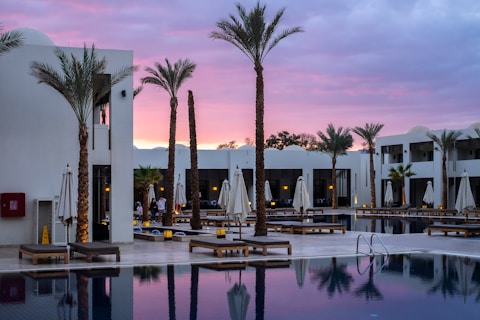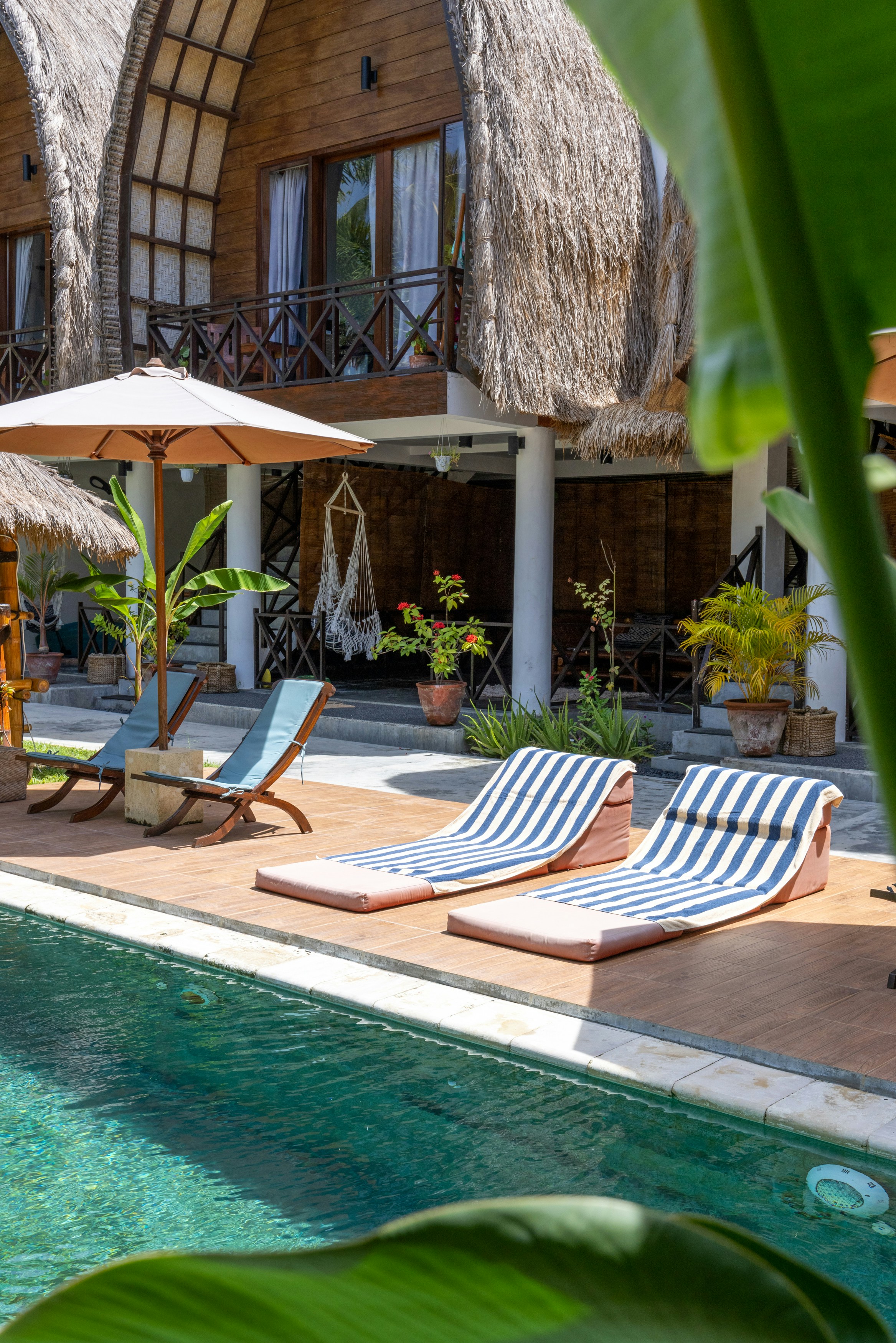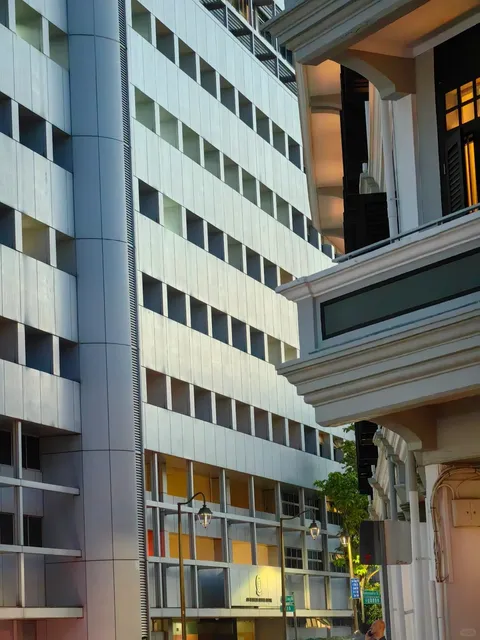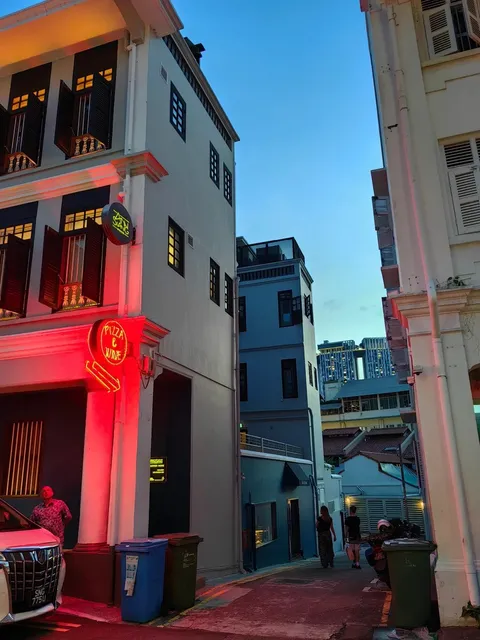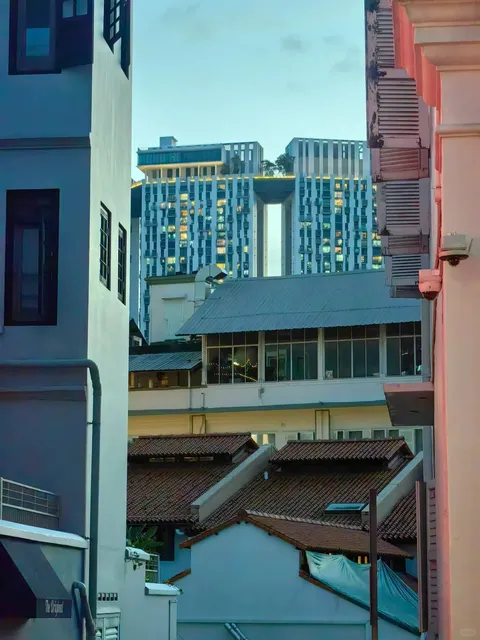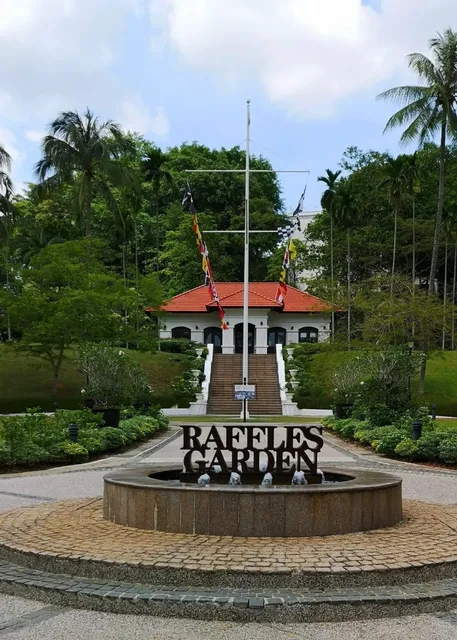Thian Hock Keng Temple
Thian Hock Keng Temple things to do, attractions, restaurants, events info and trip planning
Plan your stay
Posts
Thian Hock Keng Temple
Maya AngelouMaya Angelou
162
Singapore🍃 Chinatown 🌺
Ava Ava
181
The Pai Tien Kong Festival and relevance to Sugarcane! On the 9th day of the Chinese New Year, the Hokkien people celebrate the Phai Thien Kong (praying the Heaven God) festival which is dedicated to the Jade Emperor. The Hokkiens are a clan from the Southern China Fujian coastal province. (Opposite Taiwan) The 9th day they believe it is the birthday of the Jade Emperor (Thien Kong) who protected their ancestors from a ruthless army in ancient China. During the 12the century Song Dynasty (also named Mongol dynasty) most of the clans in Southern China (Fujian, Henan, Zhejiang) were heavily repressed and lived under great fear of the North China Mongols. Hokkiens were constantly at the mercy of the Mongols who attacked and hunted them, as they are seen a threat to the empire. They then fled to the Henan province where sugarcane plantations were in abundance. Though many were killed by the pursuing Mongols, a group of Hokkiens managed to hide themselves among the sugarcane plants and the pursuing Mongols never located them. Eventually they gave up and returned to their base. On the ninth day of the Chinese Lunar calendar, the Hokkiens emerged from their hideout praising the celestial deities for saving them and believed that the Heavenly God (Jade Emperor) had protected them. Thus, from there on, in all Hokkien celebrations, the sugarcane plant is given special meaning. Note: Above story has to be read as a legend as there are different variations known! It however ends all with the Sugarcane fields and prayers to the Jade God for their survival. This day is still remembered and celebrations starting with prayer at 11pm. Offering tables are prepared in Temples as well as at homes and a pair of sugarcane plants is usually placed, one on each side of the offering table. The pair symbolises unity, cooperation and strength. Sugarcane symbolises harmony, which brings all good outcome. The straightness of the sugarcane stems ensure that the Hokkiens become a clan of honest and sincere people.
Alf HofstetterAlf Hofstetter
40
Thian Hock Keng Temple (天福宮) is Singapore’s oldest Hokkien temple. Located at 158 Telok Ayer Street, it is recognised as the most majestic Chinese temple in Singapore. It was designed and built in 1842 by skilled craftsmen from China according to traditional Chinese temple architectural style. The temple is managed by the Singapore Hokkien Huay Kuan. It was gazetted as a national monument on 28 June 1973. In 1907, Emperor Guang Xu (光緒帝) of the Qing Dynasty presented a plaque, together with a silk scroll, to the temple. The wooden plaque is inscribed with the Chinese characters 波靖南溟 (bo jing nan ming), which mean “gentle waves over the South Seas”, The same four Chinese characters are also found on the yellow scroll. The plaque and scroll had hung over the temple’s main altar signboard until 1999, when they were taken down before restoration work began. A replica of the original scroll and the original wooden plaque were returned to the same spot upon the completion of restoration work. The original scroll was subsequently donated to the National Museum of Singapore. A new eight-storey Hokkien Huay Kuan Building was built on Telok Ayer Street in 2003, with the clan association occupying the top floor. On 16 April 2005, a ceremony to commemorate the completion of the temple restoration, the clan association’s 165th anniversary and the opening of the new building was officiated by then Senior Minister Goh Chok Tong.
Adam LeeAdam Lee
70
Thian Hock Keng Temple, located in the vibrant Chinatown district of Singapore, is a captivating homage to the island's rich heritage and cultural history. Dedicated to Ma Zu Po, the Taoist goddess of the sea, this temple is a serene oasis amidst the bustling city. Upon entering, visitors are greeted by intricate wooden carvings and ornate architecture that reflect traditional Chinese design. The temple's structure, built in the 1830s, showcases impressive craftsmanship, with detailed roofs adorned with colorful ceramic figures. The scent of incense fills the air, adding to the spiritual atmosphere as devotees and tourists alike come to pay their respects. The temple also serves as a reminder of the early Chinese immigrants who arrived in Singapore, seeking refuge and prosperity. Its historical significance is palpable, making it a meaningful stop for those interested in Singapore's multicultural tapestry. The surrounding area offers a lively mix of shops and eateries, enhancing the experience. Whether you're there for spiritual reflection or cultural exploration, Thian Hock Keng Temple provides a glimpse into Singapore's rich traditions and is a must-visit for anyone looking to connect with the city's heritage. Its tranquil ambiance and historical importance make it a highlight in any itinerary.
Puranjay JainPuranjay Jain
10
I made my visit in April 2023. This is an amazing Temple. Ornate decorations are on practically every surface, yet not in a way that would be gaudy. I was in awe at the sheer beauty of this Temple. Even the gates are decorated with depictions of dragons and what I believe are men shen (door gods). The temple was built by people from Fujian (Hokkien) and has received a plaque from Qing Emperor Guangxu, which hangs in the main hall. The other Temple to receive this honour, Yue Hai Qing Temple, was built by people from Chaozhou(Teochew) and is nearby. It is worth a visit to see the contrast between the two temples. Visitors should watch out for the high barriers at each of the entrances to various parts of the Temple. The elderly and children should be cautious when crossing over. No photos should be taken of the main hall or the various gods within out of respect. If you intend to pray, approach the reception in the main hall for assistance. It is very confusing even for a local like me and I had the help of my mother who, though more experienced in such traditions, was also confused. Better instructions could be provided in a written format and placed around the Temple. A great place to visit for the history and to receive blessings from Heaven, particularly the sea goddess Mazu.
The Roaring Olympian 3AxleThe Roaring Olympian 3Axle
10
Nearby Attractions Of Thian Hock Keng Temple
Merlion Park
Chinatown Point
Buddha Tooth Relic Temple
The Fullerton Hotel Singapore
Chinatown Singapore
Furama City Centre
Asian Civilisations Museum
Sri Mariamman Temple
M Hotel Singapore City Centre
Boat Quay
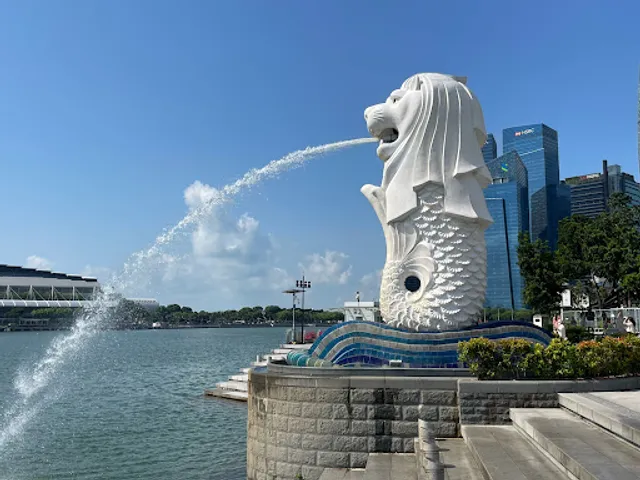
Merlion Park
4.6
(24.9K)Click for details
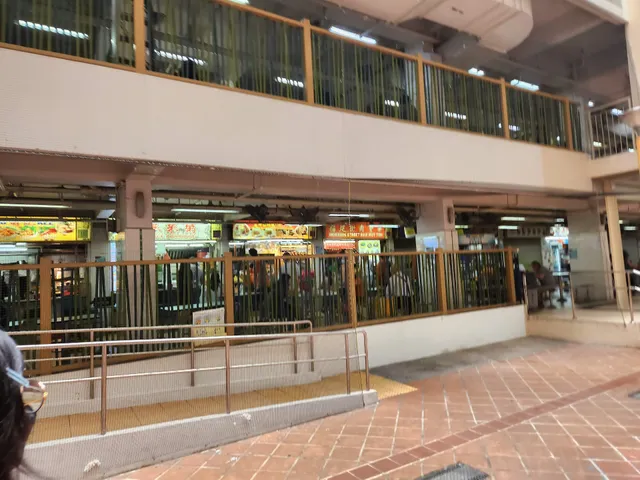
Chinatown Point
4.2
(7.5K)Click for details
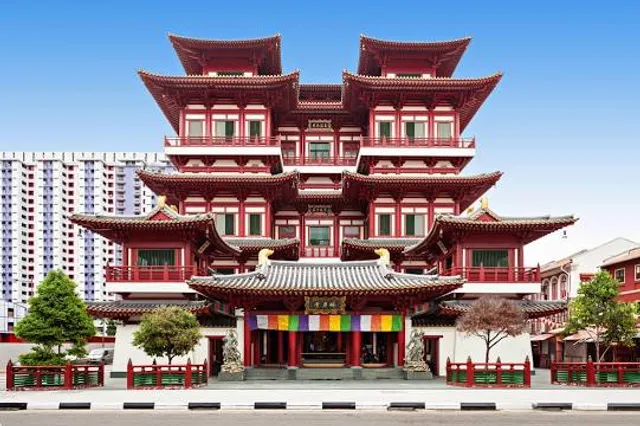
Buddha Tooth Relic Temple
4.6
(4.6K)Click for details

The Fullerton Hotel Singapore
4.6
(3.9K)Click for details
Nearby Restaurants Of Thian Hock Keng Temple
JUMBO Seafood - Riverside Point
My Awesome Cafe
Lime Restaurant
Song Fa Bak Kut Teh
Chinatown Food Street
川羊记牛车水店 chuan yang ji chinatown outlet
ALC Rice Bowls
Fortuna - Italian Pizza & Pasta Restaurant
Picanhas'
LeVeL33

JUMBO Seafood - Riverside Point
4.3
(3.8K)Click for details
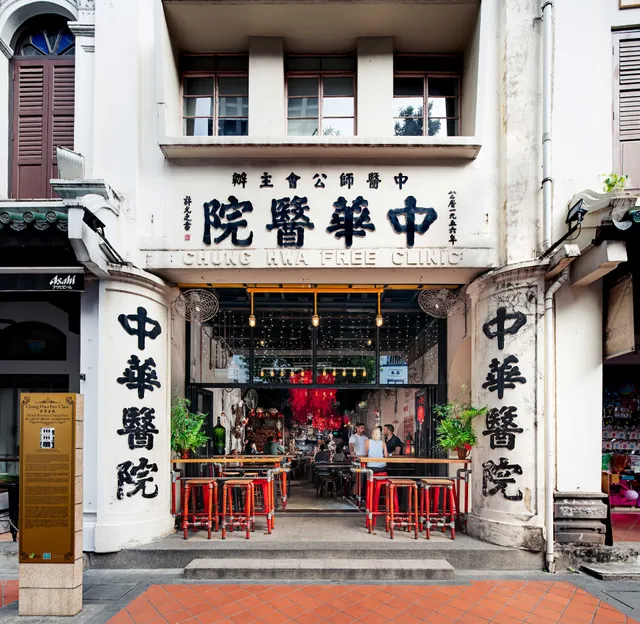
My Awesome Cafe
4.7
(2.9K)Click for details
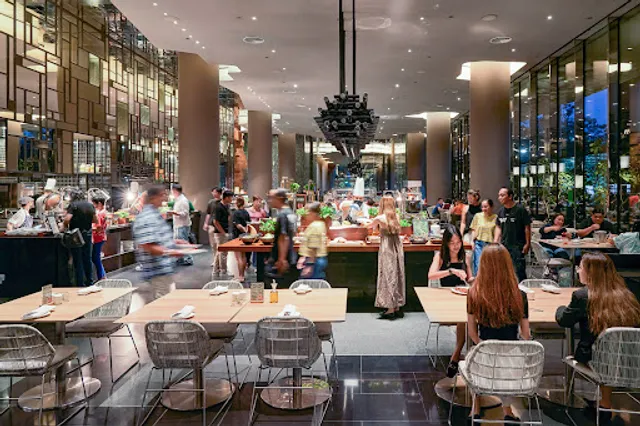
Lime Restaurant
4.7
(2.9K)$$$
Click for details
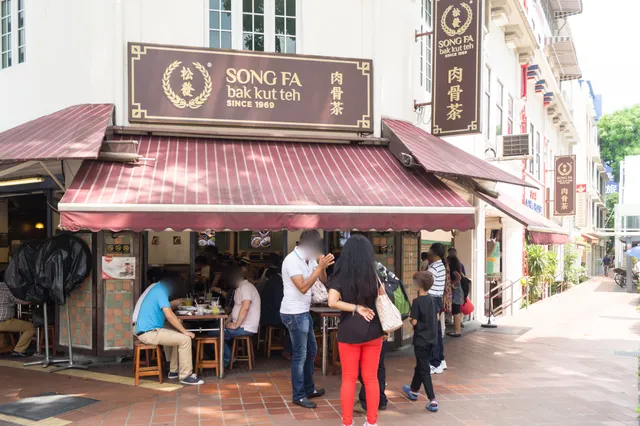
Song Fa Bak Kut Teh
4.4
(3K)Click for details
Basic Info
Address
158 Telok Ayer St, Singapore 068613
Map
Phone
+65 6423 4616
Call
Website
thianhockkeng.com.sg
Visit
Reviews
Overview
4.4
(1.1K reviews)
Ratings & Description
cultural
accessibility
Description
Thian Hock Keng, is a temple built for the worship of Mazu, a Chinese sea goddess, located in Singapore. It is the oldest and most important temple of the Hokkien people in the country. Another shrine at the back is Buddhist dedicated to Guanyin, the Mahayana Buddhist bodhisattva of mercy.
attractions: Merlion Park, Chinatown Point, Buddha Tooth Relic Temple, The Fullerton Hotel Singapore, Chinatown Singapore, Furama City Centre, Asian Civilisations Museum, Sri Mariamman Temple, M Hotel Singapore City Centre, Boat Quay, restaurants: JUMBO Seafood - Riverside Point, My Awesome Cafe, Lime Restaurant, Song Fa Bak Kut Teh, Chinatown Food Street, 川羊记牛车水店 chuan yang ji chinatown outlet, ALC Rice Bowls, Fortuna - Italian Pizza & Pasta Restaurant, Picanhas', LeVeL33



